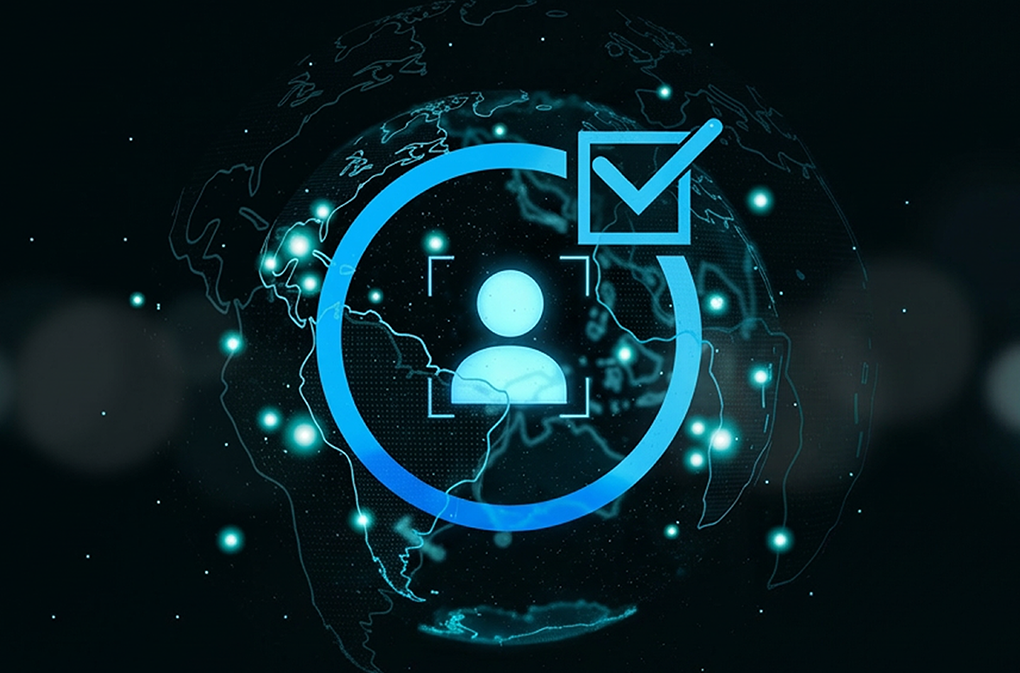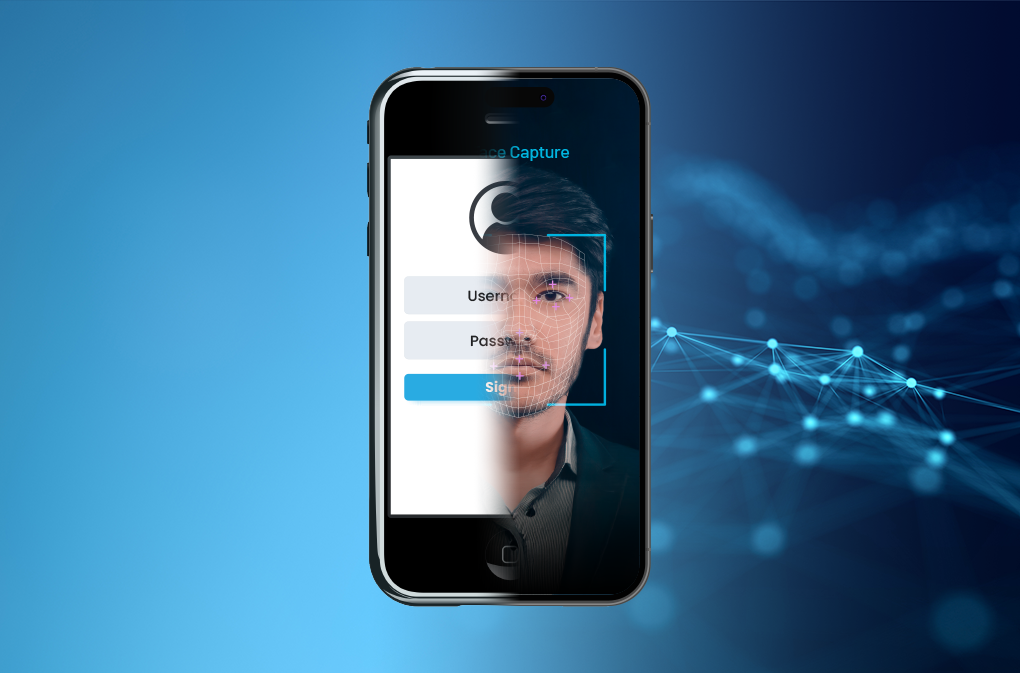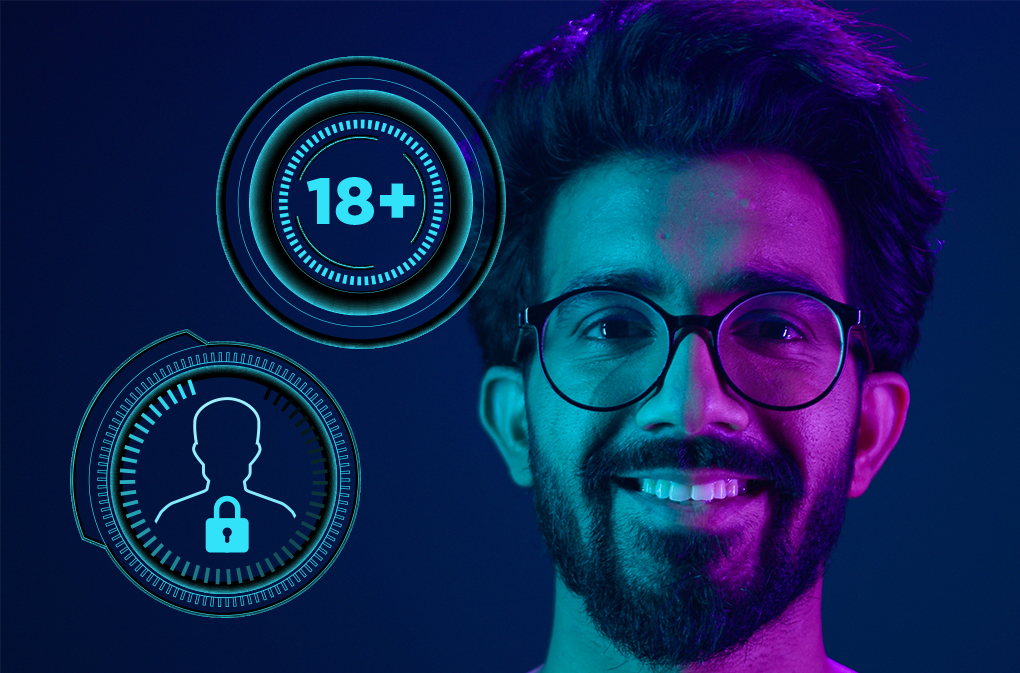Next-Gen Deepfake Detection: Fighting AI-Driven Fraud with AI-Powered Defense
Anyone claiming they can easily spot a deepfake with the naked eye isn’t being truthful. That statement might sound hyperbolic—until you see what today’s generative AI is capable of producing. In 2025, the line between real and fake has become dangerously blurred. Deepfakes—AI-generated videos or audio designed to imitate real people—are no longer fringe curiosities or clever parlor tricks. They are industrial-grade tools for deception, and their prevalence is accelerating at alarming rates, forcing the need for AI deepfake detection solutions.
Independent research indicates that deepfake incidents have surged dramatically year-over-year, with particular intensity observed in regions approaching national elections. For instance, in South Korea, authorities detained 387 individuals for alleged deepfake crimes in a single year, with over 80% of the suspects being teenagers.
In the UK, analysis found that 80% of currently available deepfake apps had been launched in the last 12 months, with one app processing 600,000 images in its first three weeks. The threat of deepfake technology now extends far beyond political arenas—financial systems, gaming platforms, media companies, and everyday individuals are navigating a landscape where seeing is no longer believing.
The problem isn’t that we lack ways to detect them—it’s that traditional detection methods can’t keep up. As the tech to create deepfakes gets better, the human eye becomes increasingly useless. Even experts struggle to distinguish the real from the fake without help. Don’t believe us? Try our deepfake challenge. To date, <3% of participants have been able to beat it.
That’s where AI comes in—not to generate more deception but to detect it. Around the world, engineers are racing to develop smarter, multi-dimensional AI detection tools that use machine learning, computer vision, and behavioral analysis to spot what humans can’t.
The deepfake arms race is here, and fighting AI deception requires even smarter AI defense.
How Deepfakes Work and Why They’re So Convincing
Just a few years ago, generative AI tools struggled to produce even basic images. “One time, one of my students came in and showed off how the model was able to make a white circle on a dark background, and we were all really impressed by that at the time,” said Chinmay Hegde, an Associate Professor of Computer Science and Engineering at NYU Tandon. “Now you have high-definition fakes of Taylor Swift, Barack Obama, the Pope—it’s stunning how far this technology has come.”
Modern deepfakes rely on deep learning techniques like GANs (Generative Adversarial Networks) to generate highly believable media. Some tools, like ByteDance’s new OmniHuman-1, can generate a fully animated video of a person from a single photo and voice clip. Others, like Synthesia, let users create entire avatar-driven videos from text input—perfect for corporate messaging or customer service, but also ripe for abuse.
These tools are powerful because they’re easy to use, incredibly fast, and often free or low-cost. That accessibility lowers the bar for bad actors who want to manipulate, impersonate, or deceive.
Deepfakes are designed to manipulate both people and machines. Voice clones can bypass call center verifications, and AI-generated avatars can trick facial recognition systems. The more lifelike the fake, the harder it becomes for humans—and existing detection tools—to flag it.
In a world where anyone can be convincingly faked, knowing what’s real becomes a luxury. That’s why smarter, AI-powered detection tools and solutions are needed now more than ever.
The Rising Cost of Deepfake Fraud
Deepfakes may have started as viral curiosities or political landmines, but their impact now stretches far beyond the ballot box. Across industries, countries, and platforms, AI-generated fraud is exacting a growing toll.
Financial institutions have reported significant losses from deepfake-enabled fraud in recent years. Cases continue to emerge where employees are deceived by fake video calls that appear to show executives requesting urgent fund transfers. The banking sector faces particular challenges as voice cloning technology increasingly threatens security at major institutions.
Corporate espionage has risen dramatically due to the challenges presented by deepfakes. Security firms have documented incidents where deepfaked LinkedIn profiles and fabricated video interviews have allowed unauthorized access to sensitive corporate information. Experts warn that synthetic media manipulation is becoming a standard component in sophisticated data breaches.
Deepfakes are also frequently used for harassment and blackmail. In some cases, scammers call parents using deepfaked audio of their children in distress, demanding money. In others, individuals find their faces digitally inserted into compromising videos, followed by extortion demands. These attacks disproportionately target women and marginalized communities, with victims reporting psychological trauma, damaged relationships, and in some cases, job loss.
Law enforcement agencies worldwide are struggling to keep pace with the volume and technical complexity of deepfake-related crime. The TAKE IT DOWN Act, a bill that forces tech platforms to quickly remove inappropriate images shared without permission, reflects how urgently regulators are responding to the growing misuse of this technology.
In every context—elections, commerce, social interaction—the message is the same: deepfakes are no longer isolated stunts. They’re part of a broader fraud economy, and without better deepfake defense technology, every sector remains vulnerable.
Why Manual Deepfake Detection Technology Doesn’t Cut It Anymore
For years, the most common advice about deepfakes was deceptively simple: “Look closely. Scan for odd blinking. Watch the jawline. Listen for unnatural speech patterns.” But unfortunately, those guidelines are no longer sufficient.
Advances in generative AI have all but eliminated the visual and auditory “tells” that once gave fakes away. Synthetically generated voices can now mimic emotion, breath, and background noise. Real-time deepfakes—where someone’s face or voice is swapped live on a video call—are no longer theoretical.
That means even trained professionals are struggling. According to a report from Columbia Journalism Review, some journalists admit they can no longer reliably identify deepfakes without using forensic tools. Similarly, experts cited by the Institute of Electronic and Electrical Engineers (IEEE) have emphasized that detecting synthetic media now often demands a multi-step process—including source verification, technical scans, and contextual analysis.
Consumers, regulators, and reporters simply can’t scale their vigilance to match the volume and sophistication of AI-generated deception. The old approach—manual review, intuition, gut checks—has been outpaced. New detection systems must operate at machine speed, analyzing metadata, pixel-level inconsistencies, and behavioral patterns too subtle for humans to detect.
Real-time adaptation is another necessity as deepfake technology continues to evolve rapidly. The next generation of anti-deepfake tech must be smarter, faster, and built with AI at its core.
Fighting Fire with Fire: How AI Deepfake Detection Works
As deepfakes grow more convincing, the defense against them must be updated just as quickly. Manual detection has reached its limit, and now, artificial intelligence is stepping in to do what human perception no longer can. From computer vision to biometrics, AI-powered deepfake detection technologies are at the forefront of a new digital arms race.
Core Methods in AI-Powered Detection
At the foundation of deepfake detection is machine learning. These models are trained on labeled datasets that distinguish real from manipulated content, learning to identify subtle patterns in imagery, audio, and behavior.
Unfortunately, high-quality datasets with enough variation in ethnicity, lighting, audio quality, and device types are still hard to come by. Without this diversity, detection algorithms risk bias—or worse, failure in real-world conditions.
To overcome this, researchers and engineers combine multiple approaches:
- Computer vision and audio signal processing algorithms are tuned to spot what the human eye and ear might miss. Tiny delays in blinking, unnatural head posture, mismatched lighting across facial features—these are often invisible to casual observers but telltale signs to an AI model. In audio, subtle shifts in frequency, tone, or cadence can betray a synthetic voice, even if it sounds perfect to listeners.
- Behavioral biometrics take things further, measuring how people move, emote, or speak over time. AI can detect a lack of micro-expressions, flat intonation, or inconsistent body language—markers that real humans rarely get wrong but deepfakes often do. These multidimensional patterns help separate authentic behavior from artificially generated mimicry.
- Challenge-response authentication adds a layer of active defense. Instead of analyzing a passive photo or clip, the system prompts the user to respond in real-time—say a phrase, turn their head, or follow a moving shape on-screen. Deepfakes, no matter how realistic, struggle to adapt dynamically in these situations. According to IEEE, these prompts are quickly becoming a key tool for organizations needing to verify users with high certainty.
Taken together, these core methods form the backbone of modern AI-driven deepfake detection. Fortunately, they’re not just being used in research labs—they’re already being deployed at scale.
Challenges in Deepfake Detection
Many identity assurance companies are stepping up as the first line of defense against deepfake misuse. Despite rapid advances, deepfake detection remains a difficult, high-stakes game. AI-powered deepfake detection tools have proven essential, but they, like all technology, aren’t perfect—and the obstacles ahead are significant.
One major challenge is the quality and scope of available datasets. Many detection algorithms are trained on curated, often limited samples of manipulated media. These samples may not reflect the wide range of deepfakes now circulating in the wild—especially those targeting non-English speakers or using novel techniques. This means algorithms that perform well in controlled environments may struggle with false positives or missed threats in real-world use.
Another hurdle is the computing power required for real-time detection. Identifying fakes across millions of users, transactions, or media uploads requires massive processing resources. For organizations already under pressure to cut costs and reduce carbon footprints, this can become a tough sell, especially when attackers only need to succeed once to do damage.
Then there’s the cat-and-mouse dynamic. As detection improves, so does deception. Deepfake creators continuously refine their tools to bypass known safeguards, often using AI themselves to test against detection models. That means deepfake defensive systems must update frequently, ideally using self-learning algorithms that evolve as fast as the threats they face.
Compounding the issue is the lack of global standards or coordinated regulation. There’s no consistent benchmark for what counts as a deepfake, or how it should be disclosed. Meanwhile, attacks that span international borders complicate efforts to trace accountability or apply legal consequences.
In short, the technology to fight deepfakes exists—but it needs better fuel, clearer rules, and stronger support to win the long game.
The Future of AI vs. AI
Looking ahead, it’s clear that we’re in the midst of an arms race—AI creating deepfakes vs. AI detecting them. The battle is likely only going to escalate.
In the near future, we might see job titles like “Deepfake Creation Director” or “Synthetic Media Strategist” emerge in marketing, entertainment, or even political consulting. As generative AI becomes more accessible and customizable, the ability to tailor content at hyper-realistic levels will grow rapidly.
To keep pace, deepfake detection tools will need to evolve beyond just analysis—they must become creative. It’s not enough to scan for telltale flaws. AI models must begin anticipating how future deepfakes will behave, even before they’re widely used. That means incorporating behavioral models, contextual cues, and anomaly detection at multiple levels—not just the visual or auditory layer.
Multi-factor verification systems will continue to play a major role in deepfake defense. The most robust defenses will combine AI with human oversight, biometric checks, and device-level signals like GPS, touch behavior, or hardware tokens. Secure identity vaults—centralized, privacy-first repositories for user credentials—may soon become a standard part of digital identity management.
The ethics behind these tools can’t be ignored. Governments, private companies, researchers, and nonprofits must come together to establish protocols, share threat intelligence, and educate the public. Without this kind of collective effort, the gap between innovation and misuse will widen. Developers must ensure detection technologies are transparent, fair, and not repurposed for surveillance or censorship. Building trust will require clear communication about how models work, how data is used, and what guardrails are in place.
As Gil Press, a senior tech writer for Forbes, put it: “Let’s hope that software, data, and AI will help—even triumph—in identifying, defending, and protecting from massive fraud.” The future is still being written, but with vigilance and the right collaborations, it doesn’t have to be synthetic.
Reclaiming Trust by Building a Trustworthy Digital Future
We’ve crossed a threshold. Deepfakes are no longer clever internet curiosities or political threats—they’re tools of widespread deception, and their quality is rising faster than our ability to detect them by sight or sound alone.
That’s why AI must be part of the solution. It’s the only scalable way to defend against threats that are themselves AI-generated, but deploying deepfake detection tools isn’t just about checking boxes. It’s about investing in infrastructure that evolves with the threat, combining human judgment with machine speed, and building a digital ecosystem where identity and truth can still be verified.
This challenge demands action from all sides: regulators, tech providers, enterprise leaders, and consumers. We must share intelligence, develop standards, and support innovation that protects trust—without sacrificing privacy.
The Daon Advantage: A Full Suite of Solutions Built to Thwart Deepfakes
Trusted by organizations in high-risk sectors such as financial services, healthcare, and government, Daon’s biometric and identity verification platforms provide robust security against deepfakes. Daon’s approach is rooted in a suite of AI-driven tools collectively known as the AI.X family. These tools are designed to detect and defend against synthetic media, fake identities, and real-time presentation attacks.
A key component is xDeTECH, a stand-alone solution that analyzes audio to determine whether the source is human or artificially generated. The algorithms behind xDeTECH are trained to distinguish between live behavior and pre-recorded or AI-manipulated inputs even in noisy environments.
Daon’s broader AI.X family toolkit includes presentation and injection attack detection and multi-factor authentication woven through our core products:
- xAuth for multi-factor authentication,
- xFace for facial biometric authentication,
- xProof for identity verification with document validation,
- xVoice for advanced voice biometric authentication.
Daon’s tools don’t just detect known deepfake methods—they actively learn from evolving attack patterns. Using adaptive AI, Daon continually updates its detection models, ensuring they keep pace with the constantly shifting landscape of synthetic fraud.
Importantly, all these solutions are engineered for high-volume deployment. Whether onboarding a new bank customer or verifying a healthcare patient’s identity during a telemedicine session, Daon’s technologies operate quickly and securely—without sacrificing user experience.
The lesson is clear: to counteract AI-generated deception, organizations must embrace equally advanced AI-driven deepfake detection. Daon is helping to bring deepfake defense out of the lab and into the real world.









